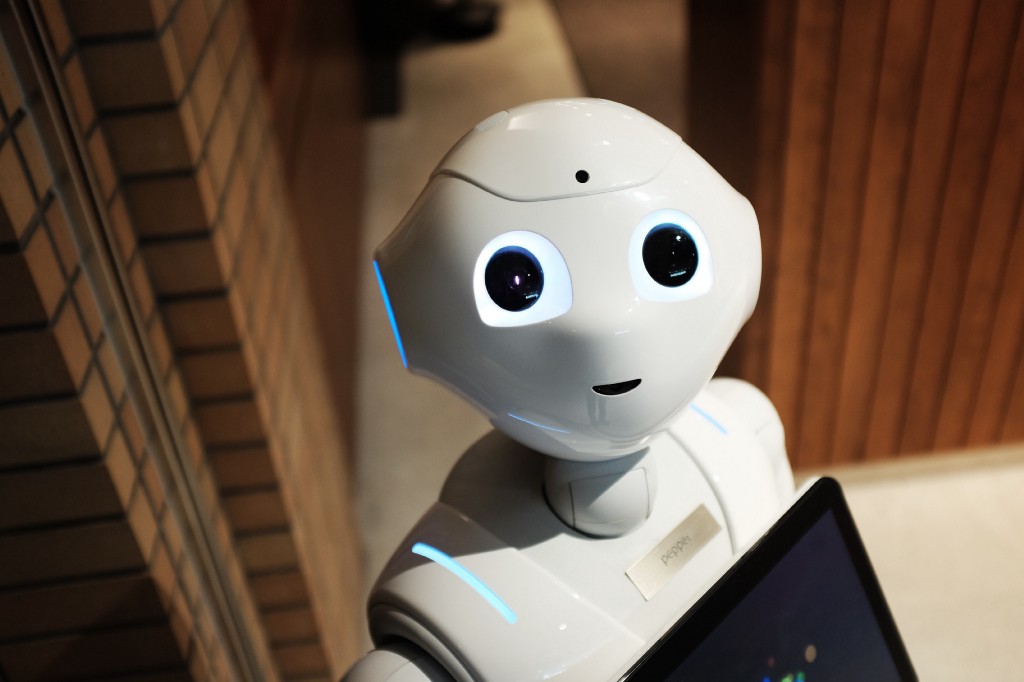Elder care should be one of the growth industries of the future, as the number of U.S. adults over 65 grows to 80 million by 2050.
But we’re already short of caregivers, and don’t pay many of the ones we have. In 2015, 43.5 million caregivers in the U.S. supplied unpaid care to an adult or a child in 2015. According to the AARP, the estimated economic value of their unpaid contributions was approximately $470 billion in 2013.
Other countries facing a shortage of young people to take care of their old have turned to automation. Japan, facing an especially acute crisis, is ahead of the curve in developing humanoid robots to care for its elderly population.
China, feeling the effects of the one-child policy and the world’s largest producer of industrial robots, is currently running dozens of field tests at senior-care facilities, and plans to turn “care bots” into a $4 billion industry in the next three years. The New America Foundation takes a deep dive into the issues in a package on “The Care Economy in 2030.”
How much of caregiving can and should be automated? “The way humans relate to one another is one of the key things that cannot be automated,” said Kristin Sharp, executive director for the Shift Commission on Work, Workers and Technology. “It can’t be digitized. You can’t predict a human interaction and how it will go, or create the sense of empathy humans have with one another.”
But robots already are better than humans at many routine physical activities — for example, reminding patients to take their medication and calling their doctor if something goes awry, and can even detect a patient’s emotional state by observing combinations of muscle movements on a person’s face.
A recent McKinsey report concludes that almost every occupation has some automation potential, and that automation has the potential to raise global productivity growth.
Most employers will use robots to augment, rather than replace human workers.
Perhaps this is the key to the future of caregiving, as well. If mundane yet critical tasks like doling out medication are relegated to robots, more humans could step up to the empathy required, and perhaps even get paid for it.











